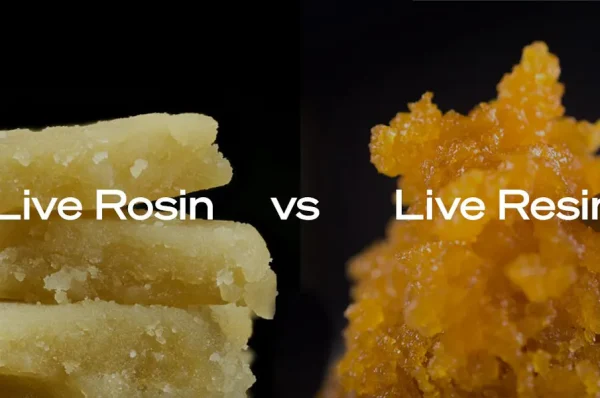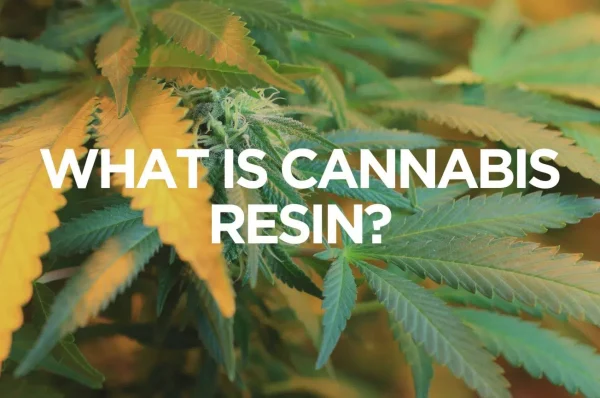As the cannabis industry continues to burgeon, enthusiasts and scientists alike are diving deeper into the plant’s complex chemistry, unraveling the potential of its numerous compounds. One such compound that has garnered significant attention is Tetrahydrocannabinolic Acid (THCA), a non-psychoactive precursor to THC found in raw and live cannabis. While THCA itself isn’t psychoactive, its transformation into THC through decarboxylation unlocks its psychoactive potential. In this post, we’ll explore the intricate chemistry involved in extracting THCA from hemp flower and converting it into THCA diamonds, a potent and increasingly popular form.
Understanding THCA
THCA is found in the trichomes of the cannabis plant. It’s a precursor to THC, meaning that it’s the chemical parent to THC but doesn’t produce the “high” associated with cannabis use. That effect is only realized when THCA is decarboxylated, a process involving the removal of a carboxyl group, thereby converting it into THC.
Extraction of THCA from Hemp Flower
The extraction of THCA is a delicate process that requires precision and understanding of the chemical properties of the cannabis plant. The goal is to preserve the integrity of the trichomes and the THCA they contain. Here’s a simplified overview of the process:
- Selection of Material: High-quality, trichome-rich hemp flower is crucial for a successful extraction. The flower should be well-cured, dried, and handled carefully to preserve trichomes.
- Solvent-Based Extraction: The most common method for extracting THCA is solvent-based extraction. Solvents like butane, CO2, or ethanol are used due to their ability to dissolve the trichomes and separate the THCA from the plant material.
- Butane Hash Oil (BHO) Extraction: In this method, butane is used as a solvent to extract the cannabinoids. The solution is then purged of butane, usually through a vacuum oven, leaving behind a concentrate rich in cannabinoids, including THCA.
- CO2 Extraction: This method uses supercritical carbon dioxide to pull cannabinoids from the plant. It’s considered safer and cleaner than BHO extraction and allows for the collection of a pure, solvent-free product.
- Ethanol Extraction: This involves soaking the plant material in ethanol to extract the cannabinoids. Post-extraction, the ethanol is evaporated, often leaving a very pure form of THCA.
- Winterization: This process involves mixing the extract with ethanol and freezing it, which helps to separate the fats and waxes from the cannabinoids, resulting in a purer product.
- Filtration and Purging: The mixture is then filtered to remove the unwanted materials, and the solvent is purged using heat and vacuum to ensure that the final product is solvent-free.
Conversion of Extracted THCA into THCA Diamonds
THCA diamonds are the crystalline structures formed when the cannabinoid THCA isolates from the cannabis extract. The process to achieve this is meticulous:
- Supersaturation: The extracted THCA is dissolved into a solvent until it becomes supersaturated. This means the solution holds more solute (THCA) than it can in normal conditions.
- Crystallization: Over time, THCA begins to precipitate out of the solution, forming crystals. This is typically done by slowly heating the solution and then gradually cooling it down.
- Separation and Drying: The THCA diamonds are then separated from the liquid solution and dried. This requires a controlled environment to prevent the premature conversion of THCA into THC.
Decarboxylation for Psychoactive Properties
While THCA diamonds are a concentrated form of THCA, they need to be decarboxylated to convert THCA into THC, the compound responsible for cannabis’ psychoactive effects. Decarboxylation involves heating the THCA diamonds, which removes a carboxyl group from the THCA molecule and converts it into THC.
This can be achieved by smoking or vaporizing the THCA diamonds. The high temperatures involved in these methods naturally decarboxylate the THCA, converting it to THC, and allowing users to experience its psychoactive effects.
Conclusion
The extraction of THCA from hemp flower and its conversion into THCA diamonds is a complex process that combines intricate chemistry with precise techniques. This process not only demonstrates the sophistication achievable in cannabis product development but also offers a potent product that, when decarboxylated, provides a powerful experience for users. As the cannabis industry evolves, the science behind it deepens, leading to a better understanding and appreciation of the plant’s potential.




